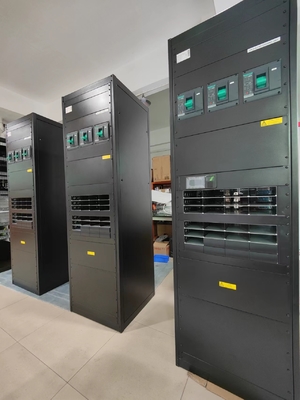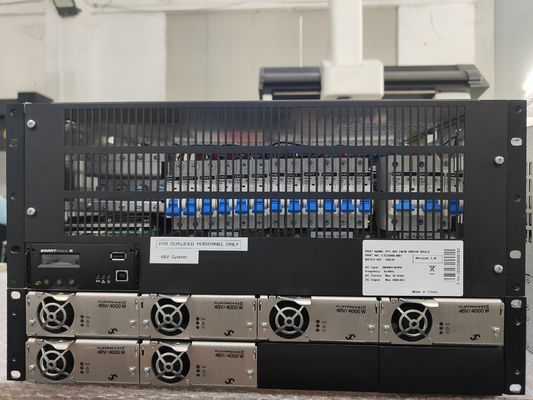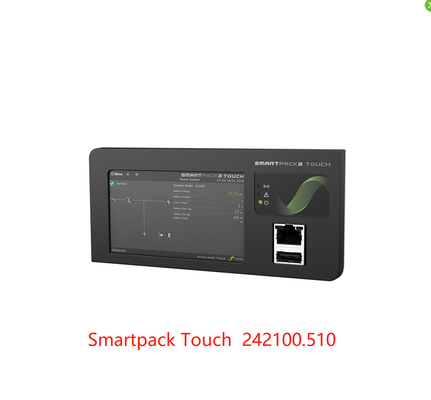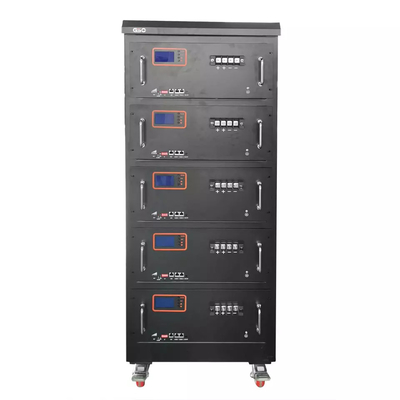According to industry reports, China's 5G base station power supply market is expected to exceed 20 billion yuan by 2025, while the global market is projected to reach $4 billion, with a compound annual growth rate of over 20%. Downstream application scenarios are expanding rapidly, moving beyond traditional base stations to fields including the Internet of Vehicles, edge computing, and satellite communications. For new energy vehicles, the value of a single power module is forecast to rise from 200 yuan in 2020 to 450 yuan in 2024, and the in-vehicle communication power supply market is expected to surpass 7 billion yuan by 2025. Meanwhile, the number of edge data centers is set to surge from 1,200 in 2023 to 2,300 in 2024, fueling an 80% jump in demand for power modules.
At the policy level, the Ministry of Industry and Information Technology's industry standard 5G Power Supply and Environmental Infrastructure Part 2: Outdoor Small Integrated Power System—implemented in April 2025—explicitly requires 5G power supplies to feature a wide operating temperature range (-40°C to 70°C) and a high protection level (IP65), driving standardized development across the industry. Additionally, the "Eastern Data West Computing" project is accelerating the construction of edge data centers in western China, and the penetration rate of small and medium-sized customized power supplies is expected to maintain a 25% annual growth rate over the next three years.
The large-scale application of third-generation semiconductor technology has emerged as a key industry breakthrough: Gallium nitride (GaN) devices have achieved power conversion efficiency exceeding 98%, representing a 5-8 percentage point improvement over traditional silicon-based solutions. Zhongheng Electric's intelligent lithium battery system adopts bidirectional DC conversion technology, enabling parallel use of lead-acid and lithium batteries from different manufacturers. This reduces line losses by 12% and saves over 1 billion kWh of electricity annually—equivalent to cutting carbon emissions by 1 million tons.
Industry forecasts suggest that by 2030, the penetration rate of third-generation semiconductors in global telecom power supplies will reach 75%, with China's market expected to exceed 80 billion yuan. As 5G, AI, and the Internet of Things integrate more deeply, telecom power supplies are evolving from single-function power devices to energy management hubs, laying a solid foundation for the digital economy's growth.
Industry observers note: "The technological evolution of 5G power supplies is not only an upgrade for telecom equipment but also a model for cross-sector integration of energy and telecommunications. Through independent innovation and scenario-specific implementation, Chinese companies have built global competitiveness in areas like high-efficiency power supply, intelligent operation and maintenance, and green energy conservation. They are poised to play a decisive role in shaping 6G power supply standards in the future."
For more details, pls contact us by email : bruce.lee@topfuturepower.com

 Your message must be between 20-3,000 characters!
Your message must be between 20-3,000 characters! Please check your E-mail!
Please check your E-mail!  Your message must be between 20-3,000 characters!
Your message must be between 20-3,000 characters! Please check your E-mail!
Please check your E-mail! 










